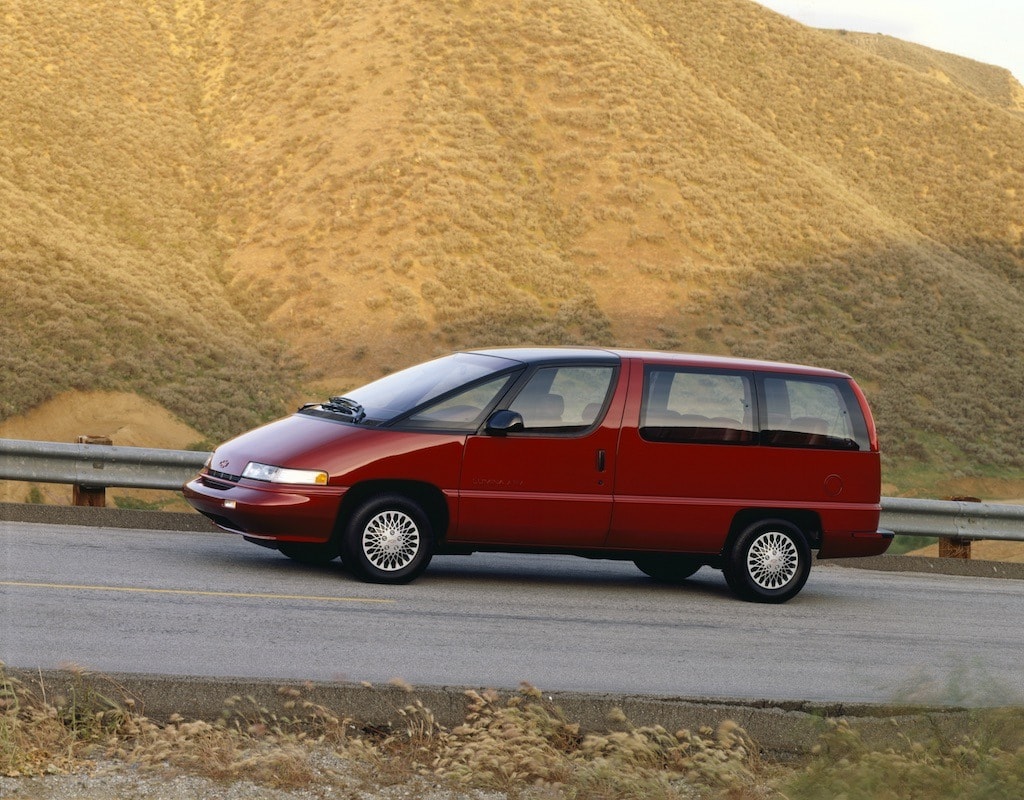Chevrolet cars have always been the focal point of the GM brand’s portfolio. The brand was founded on November 3, 1911, in Detroit, Michigan. Chevrolet has sold many wildly successful cars and trucks over years, but there were also some huge blunders.
When seasoned drivers look back on the Vega, Chevette, or even the ‘the Dustbuster van,’ they know there was no shortage of questionable Chevrolet cars. We took a look back at the 25 worst Chevrolet cars GM ever made via The Motor Digest below. Warning, some of these Chevrolet cars and trucks may invoke some tragic memories for you.
25: Lumina APV

Car design is relative and every designer has different tastes. In the 1990s, the minivan was a brand-new concept for vehicle designers to tackle. Chrysler certainly did it right with the Caravan and Voyager. Ford missed the mark with the Aerostar, and well, GM had the Lumina APV. The van got the unfortunate tag of a “Dustbuster” from the start (via Car Gurus). Taking one look at the thing, can you blame them? GM tapped the designer for a futuristic van, like the Chrysler Cab Forward design theme.

Unfortunately, the Lumina APV was anything except cab forward. The van had hideous plastic body panels throughout the exterior of the van. The interior offered decent head and legroom, but at the sacrifice of style. Performance was not anything to sneeze at, but no one wanted to drive it. The Lumina was not a sales success in any stretch. GM would redesign the van in 1997 as the Venture.
